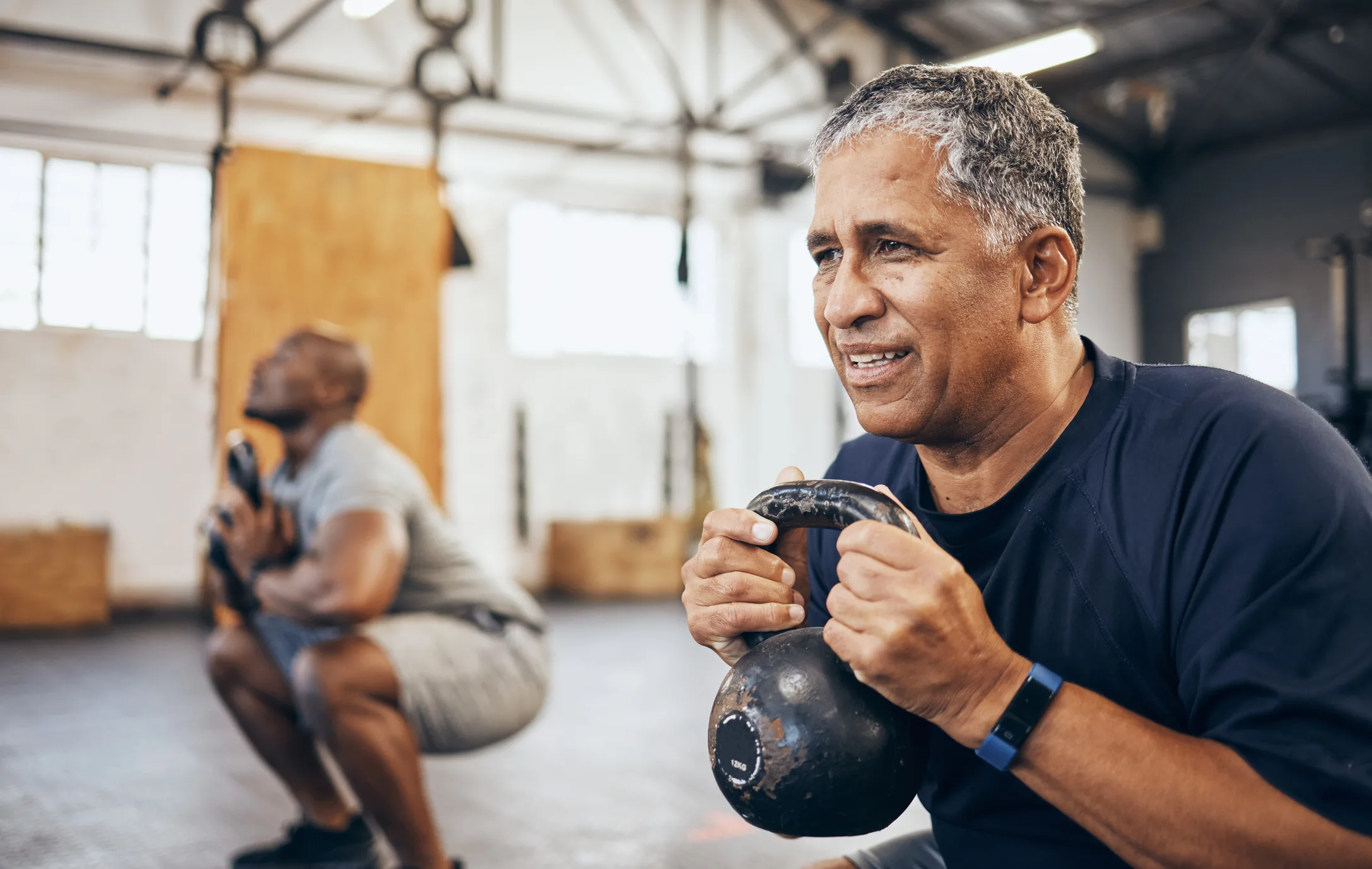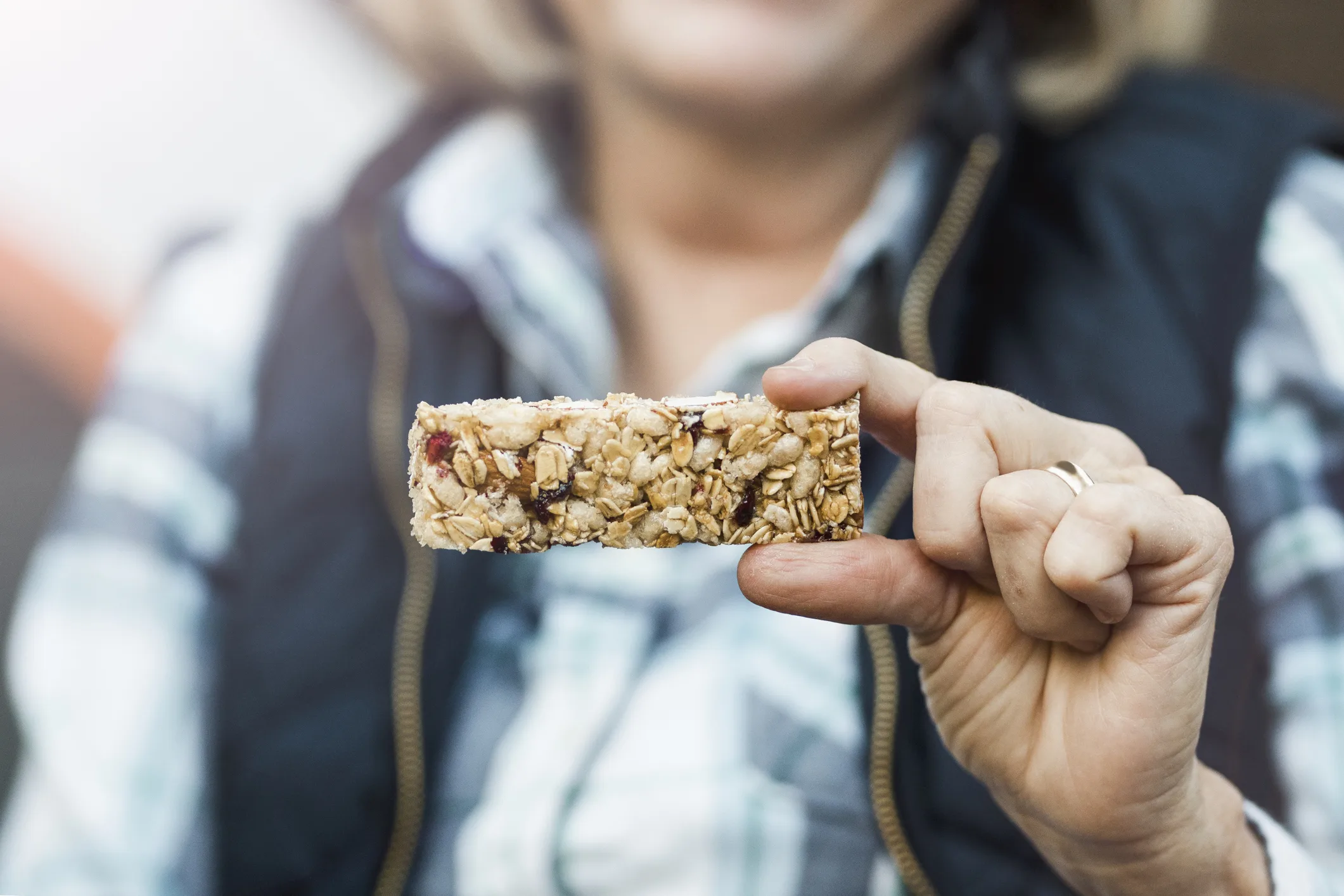It’s a goal touted by fitness trackers and health gurus alike: 10,000 steps a day. But is this magic number truly the key to a longer, healthier life? The answer is a resounding yes! Far from being just a catchy aspiration, walking a brisk 10,000 steps daily (roughly five miles) has been extensively studied and proven to deliver a cascade of incredible benefits for both your body and mind.
More Than Just Miles: The Myriad Benefits of Walking
Beyond simply moving your legs, regular walking is a powerful preventative measure against a surprising array of illnesses. Studies consistently show a reduced risk for heart disease and numerous types of cancer, including breast, endometrial, colon, and liver cancers.
And it’s not just about warding off serious diseases. If you’re familiar with nagging aches and pains, walking might be your simple solution. A 2022 study revealed that adults over 50 with knee osteoarthritis experienced less frequent pain by regularly walking. Even stubborn lower back pain can find relief, as a 2024 study highlighted the benefits of consistent walking for those with recurring issues.
But the advantages don’t stop at the physical. Your mental well-being gets a significant boost too. The American Psychological Association notes that just two and a half hours of walking per week — the amount recommended by the U.S. Centers for Disease Control and Prevention (CDC) — can slash your risk of depression by 25%. That’s a powerful mood booster readily available to everyone!
Finding Your Stride: Starting a Walking Routine
While 10,000 steps often takes the spotlight, even less can make a big difference. Studies indicate that just 30 minutes of walking per day provides substantial health benefits, with the CDC recommending at least 7,000 to 8,000 steps daily for optimal health.
So, how do you begin your walking journey, especially if you’re not a seasoned exerciser? We asked certified personal trainers Lauren Ippolito and Marcus LaPiana for their expert advice.
Lauren Ippolito, founder of Jala Hot Yoga, emphasizes starting small. “If you start out trying to hit 5 miles per day when you haven’t been exercising regularly, it may be too overwhelming and keep you from doing anything at all,” she advises. Instead, “set your time frame: Decide how many days per week and how many minutes per walk.” For exercise newcomers, she suggests beginning with just 10 minutes, three to five days a week, focusing on consistency and accountability. If you’re already active, gradually increase your frequency and pace to align with your personal goals.
Marcus LaPiana echoes the sentiment of caution. “Start on a flat surface, and check your breath. If you walk a short distance and you’re out of breath, there may be underlying health factors that you need to consider,” he cautions. “But always start slowly so you don’t get injured, and you can always progress from there. And make sure you have good walking shoes!”
Sneaking in Steps: Hitting That 10,000 Mark
Reaching 10,000 steps a day doesn’t usually happen in a single heroic stride. It’s more about incorporating movement throughout your day. Ippolito offers some classic and clever strategies to weave in extra steps, even during the busiest schedules:
- The Classic: Park at the far end of the parking lot. Every step counts!
- Phone Call Power-Up: Walk around while you’re on a scheduled phone call.
- Treadmill Time: If you have access to a treadmill, hop on for 10 minutes while answering emails.
- Lunch Break Boost: Take a quick stroll around the block during your lunch break for a mental and energy refresh.
- Buddy System: Find a friend with similar goals and plan regular walks together for mutual motivation.
- Be Prepared: Keep a “walking bag” in your car with extra socks, sneakers, headphones, and a water bottle to eliminate excuses when opportunity strikes.
Decoding the Pace: How Long Does It Take?
The time it takes to hit 10,000 steps varies based on your pace and other factors. In a single outing, it can range from 1.5 to 2.5 hours:
- 2 mph (slower pace): Approximately 2.5 hours for 10,000 steps.
- 3 mph (medium pace): Between 90 minutes and 2 hours.
- 4 mph (brisk pace): Around 90 minutes.
Other factors influencing your pace and time, according to Ippolito, include your stride length, height, weight, fitness level, how often you walk, and the terrain. Hills, rocks, and sand will make it feel more intense and take longer, but you’ll also burn more calories!
Walking for Weight Loss: Maximizing Your Efforts
Can walking help you shed pounds? Absolutely! “If you’re doing 10,000 steps regularly and at a brisk pace, it can aid in weight loss,” Ippolito confirms, emphasizing that weight loss is multi-faceted. To supercharge your efforts, she suggests incorporating speed or incline intervals into your walks, like alternating 30 seconds of speed walking with 30 seconds at a regular pace.
LaPiana recommends a morning walk before breakfast to boost weight loss. “If you do your walk in a fasted state, that will step up your weight loss because your body is burning fat calories instead of the food calories it would have burned after eating,” he explains.
Ultimately, whether your goal is better health, pain relief, improved mood, or weight management, embracing regular walking is a simple, effective, and incredibly rewarding journey. Why not start taking those steps today?
Source:
How Long Does It Take to Walk 10,000 Steps? 5 Factors to Consider and Tips to Hit Your Goal











